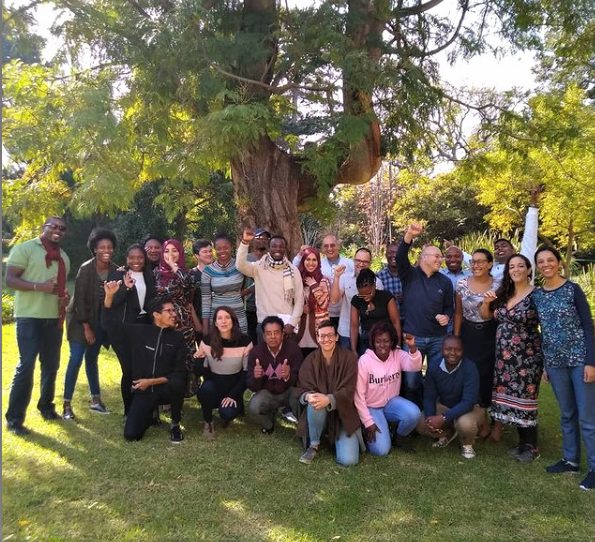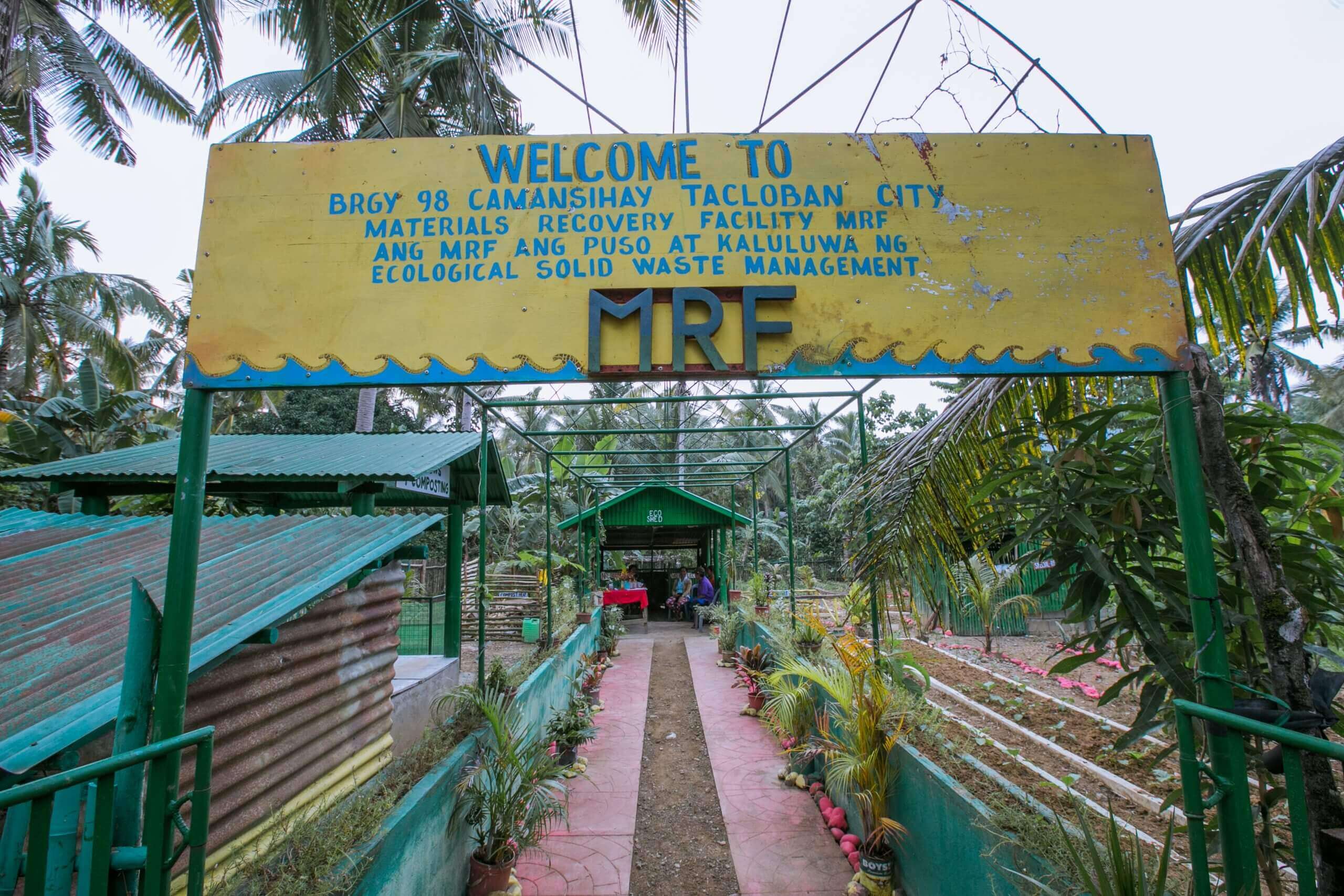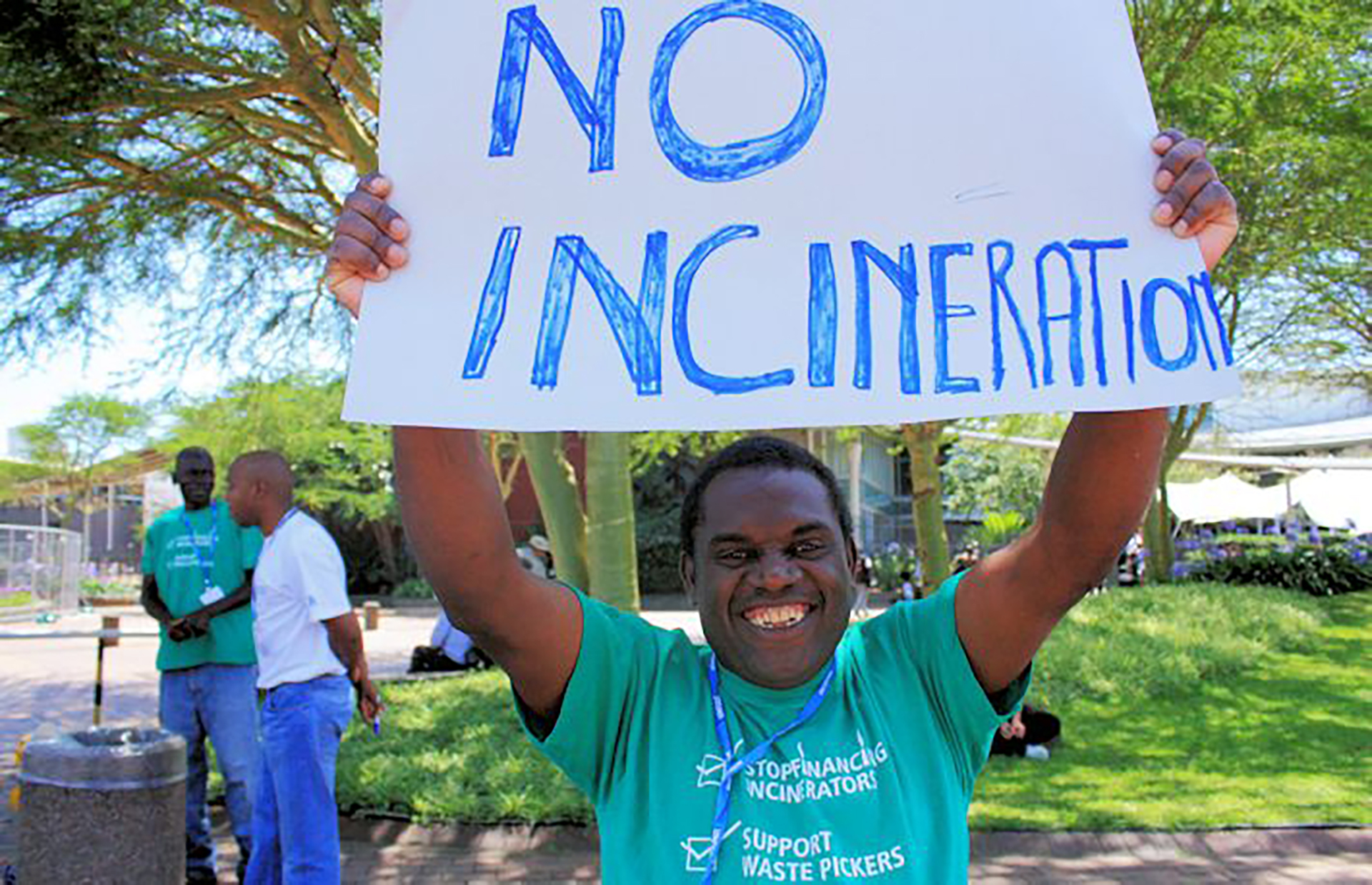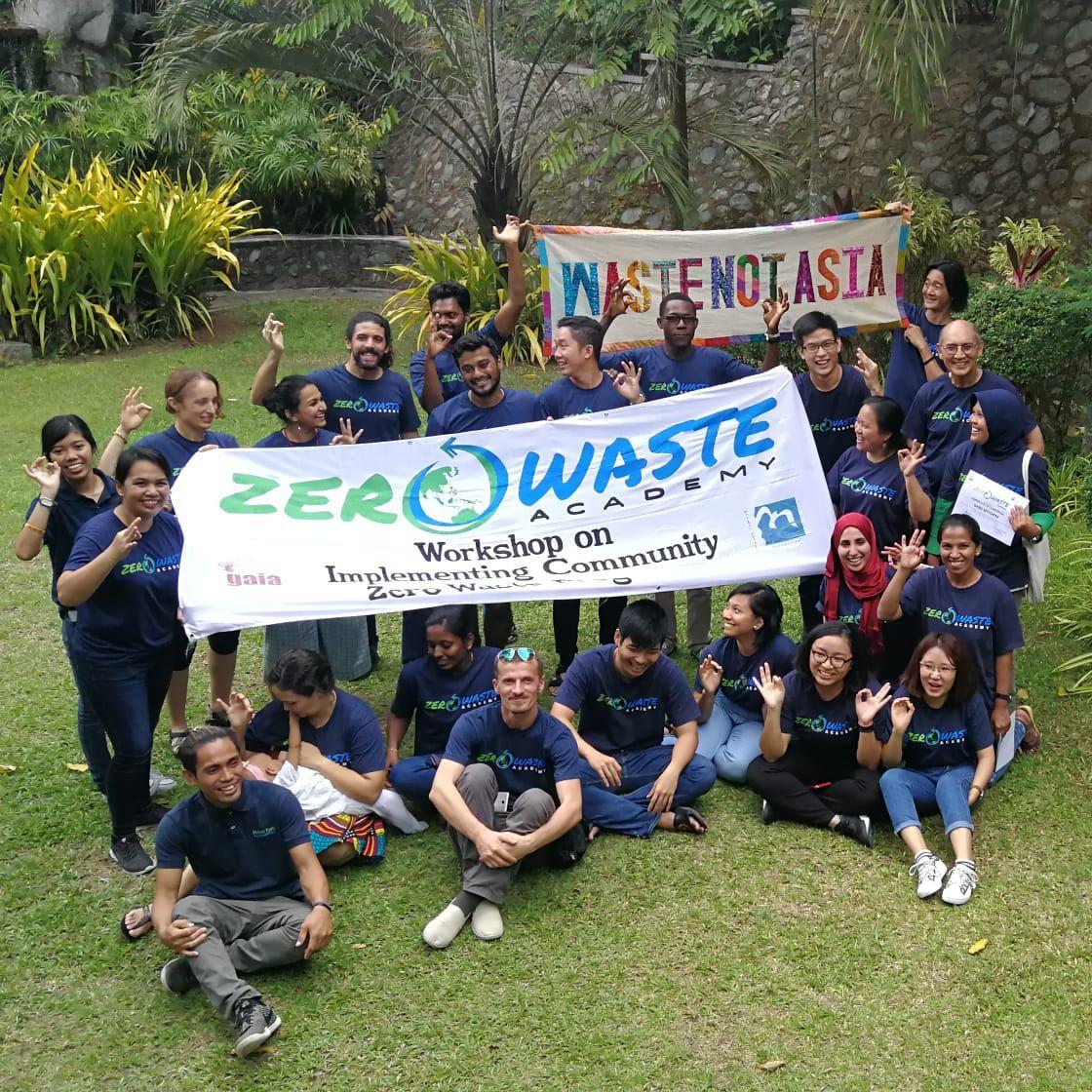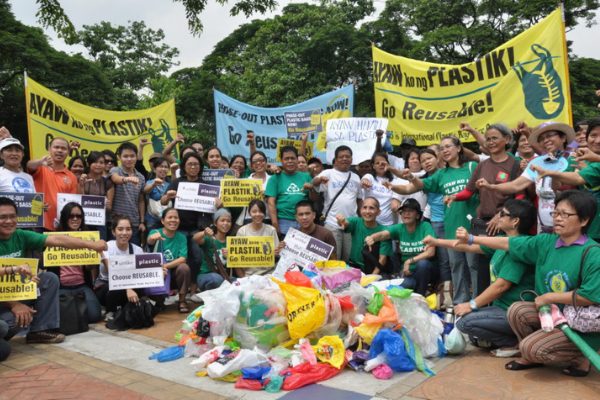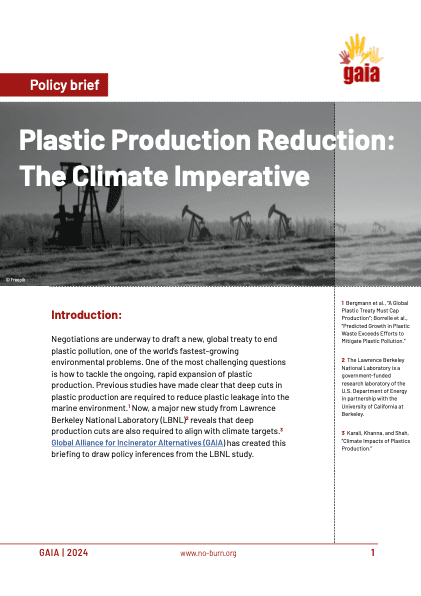FOR IMMEDIATE RELEASE
April 8, 2019
Contact:
Lisa Arkin, Beyond Toxics, larkin@beyondtoxics.org 541-465-8860
Damon Motz-Storey, Oregon PSR, damon@oregonpsr.org, 303-913-5634
Toxics & Climate Activists Unite Against Covanta
Coalition calls on Oregon State Senators to oppose SB451
(SALEM, OR) – A leading coalition of environmental, health, and environmental justice organizations are demanding Oregon State Senators reject Senate Bill 451, a measure sponsored by Senator Lee Beyer (D-6) at the request of Covanta Marion, Inc., that would allow the state’s oldest incinerators to sell renewable energy certificates (RECs) for burning municipal solid waste. The bill specifically allows facilities that became operational before January 1, 1995, to become eligible for RECs. The Covanta facility in Marion County, the state’s only incinerator, is also the only facility that would be eligible for RECs under this new law.
The coalition contends that any such measure should be denied. Not only are incinerators facilities not renewable, but they are a serious threat to public health. The latest available data from EPA’s National Emissions Inventory shows the Covanta Marion trash incinerator released 667,424 lbs of toxic emissions in 2014. In that year, the facility burned an average of 473 tons waste per day, meeting only 86% of their 550 ton per day capacity.
“Oregon’s only waste incinerator is an environmental justice problem,” said Lisa Arkin, Executive Director of Beyond Toxics. “Their trashy, ashy fall-out is dispersing toxic chemicals into the backyards of vulnerable communities in Woodburn and Northeast Salem. According to the US EPA, communities within a 7-mile radius of Covanta’s pollution stacks rank in the 88th percentile for cancer and respiratory risks (using National Air Toxics Assessment data) and 83rd percentile for minority, low-income and linguistically-isolated compared to other areas in Oregon. This makes Covanta a sizable contributor to poor air quality that harms local and vulnerable communities.
Covanta is also the 20th largest source of CO2 emissions among industrial sources with air quality permits in the state and the highest greenhouse gas emitter in Marion County. The trash Covanta burns, and the pollution released from all that burning, generated 160,843 metric tons of carbon dioxide equivalents in 2017, according to the Oregon Department of Environmental Quality. Much of the carbon emissions can be attributed to burning plastic, which is simply a fossil fuel in another form. To make the same amount of energy as a coal power plant, trash incinerators have been known to release more dioxin, carbon dioxide, carbon monoxide, nitrogen oxides, and sulfur dioxides.
“It defies all logic to give renewable energy credits to a decades-old trash incinerator that emits over 160,000 tons of carbon dioxide equivalent every year,” said Kelly Campbell, Executive Director of Oregon Physicians for Social Responsibility. “It sets a dangerous precedent to greenwash polluting industries when climate scientists have told us we have less than 12 years to take action to protect human health from climate change,” said Campbell.
Until last year, much of the plastic waste collected for recycling was shipped to China and other countries in southeast Asia for recycling. However, China, India, and Malaysia have increasingly begun to reject plastic waste from the US because much of it is contaminated. As cities and states contend with plastic import bans, an increasing amount of plastic is coming to the incinerator in Oregon is medical waste from nearby California and Washington. In addition, the Covanta facility burns approximately 10,000 tons of medical waste annually, potentially increasing to up to 25,000 tons in future years. The upper limit of 25,000 tons of imported medical waste would equal almost 1/6 of the total municipal solid waste (about 153,000 tons) that was burned at Covanta in 2017. Medical waste incineration is particularly toxic, producing dioxins, heavy metals, such as lead, mercury, and cadmium, particulate matter, that can be released into the air or collect in toxic ash that is disposed of in landfills that may leach into the environment.
“The Covanta incinerator is a threat to public health and SB 451 is a poor decision on environmental justice issues,” said María Hernández Segoviano, Policy and Advocacy Manager at OPAL Environmental Justice Oregon. “Our communities deserve to breathe healthy air.”
If SB 451 passes through the Senate, the coalition is concerned that the Clean Energy Jobs Bill (HB2020), which currently excludes greenhouse gas emissions from the combustion of municipal solid waste that generates renewable energy, will be amended to allow RECs for incineration. The coalition is remaining vigilant and requesting legislators in the House also stand strong against Covanta.
“The Clean Energy Jobs Bill is about clean energy, not energy produced by burning man-made plastics and other toxin producing materials. Let’s put the sacred promise to our children’s future above this supposed past promise to a corporation. Let’s not allow Covanta’s emissions to be classified as a renewable energy resource under the Renewable Portfolio Standards and allow them to slip away from their responsibility to preserve our atmosphere and protect our planet. SB 451 should not be adopted, and HB 2020 should be amended to delete the Covanta exclusion. Let’s reward truly clean renewable energy sources, not protect those that are not,” said Linda Wallmark, Co-coordinator of 350 Salem OR.
Organizations opposing SB451 include 350 Salem OR, Beyond Toxics, Energy Justice Network, Global Alliance for Incinerator Alternatives, Oregon Physicians for Social Responsibility, OPAL Environmental Justice Oregon
Additional information regarding the Covanta Marion facility is available in this fact sheet, prepared by Mike Ewall, Executive Director, Energy Justice Network. For technical questions, Mr. Ewall can be reached at mike@energyjustice.net or by phone, (215) 436-9511.
###
